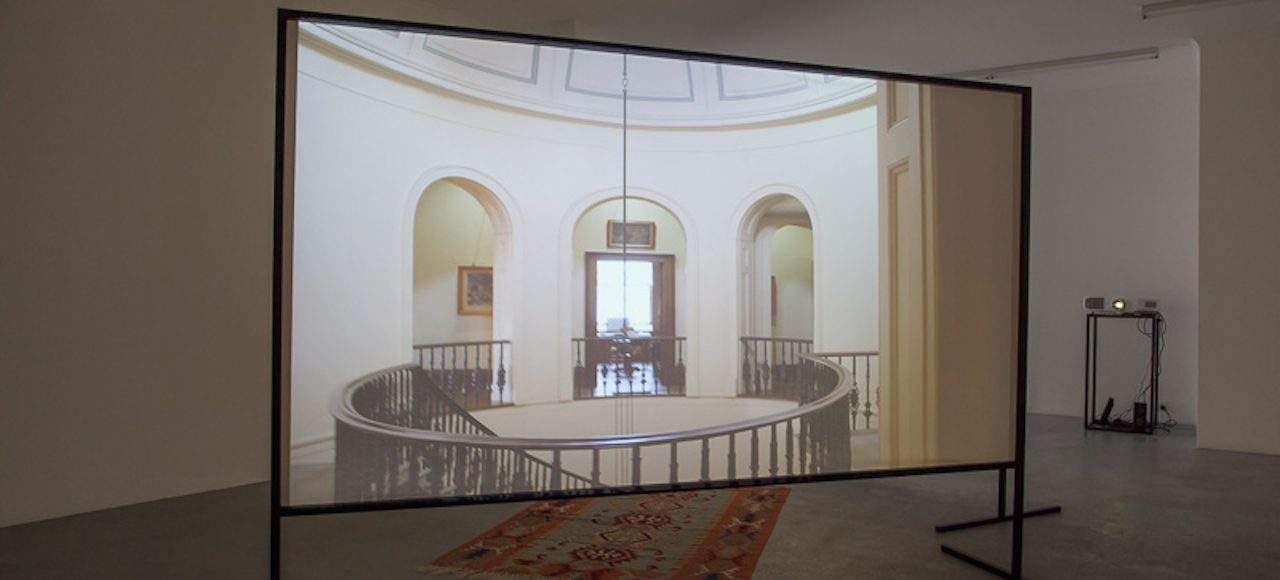Acid/Gothic
Full of eerie apparitions and fragments of meaning, this group show haunts one of Sydney's oldest mansions.
Overview
Projected across two double-sided screens with a lonely rug in between, Acid/Gothic, a MOP Projects exhibition at Galerie Pompom, is an original group show to say the least.
Filmed in Elizabeth Bay House, this MOP Project features work by Pia van Gelder, Tracey Moffatt and Sarah Mosca, among others. It is a wandering critique of the cultural strategies ‘Acid’ (or psychedelia) and ‘Gothic’ that have “reappeared throughout Western history in response to authoritarian or highly structured theoretical regimes.”
In other words, they are both means of disrupting and distorting. By evoking dreams, death and drug-induced psychosis, this exhibition engages with the hallucinatory fractures in reality, prying open alternative spheres of existence.
What is unique about Acid/Gothic is that your vision is given over to a camera lens, carving in and out of this retained relic of colonialism. As the anonymous wanderer observes art alongside architecture, the point of view shot feels like being co-opted into someone else’s viewing habits. It’s a little difficult and disorientating having your personal perception stripped away. And as the works are scattered throughout the empty interior of this 19th-century house, it’s a bit of a treasure hunt figuring out which is which.
Peering down hallways and up staircases, there’s a peculiar sense of doubling as we come across these works. For example, Gary Carsley’s pair of IKEA tables are decorated to look like decadent antiques. They are printed with matching portraits of 'Cate as Kate', presumably Cate Blanchett as Katharine Hepburn — two actresses bracketing a vast history of cinema. However, one table has a broken leg and its print looks like a photographic negative. This arresting inversion might be calling upon the bipolar temperament of the Gothic, summoning up the shadowy other.
With isolated moments from mainstream cinema stuck on repeat, there’s also an emphasis on the cinematic. For example, the rippling cup of water from Jurassic Park is looped, becoming a constant tremor. This scene has come to be recognised as a textbook definition of tension for filmmakers. In this context, it is a displaced quote, a suspense signal that vibrates outward into new surroundings.
While there are some interesting works here, you’re always kept at a slight distance. Acid/Gothic requires a willingness to explore and a resignation to the pace set by the roaming camera lens. Consequently, the individual impact of each work feels slightly diluted. But the eerie and ethereal qualities that seep into the spaces between the works are perhaps part of the point. Highly recommended is the accompanying issue of Das Superpaper, which teases out some of the key thematic ideas.





